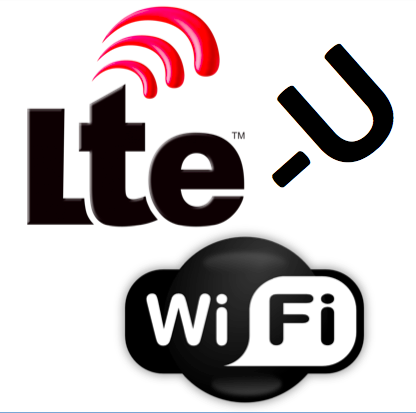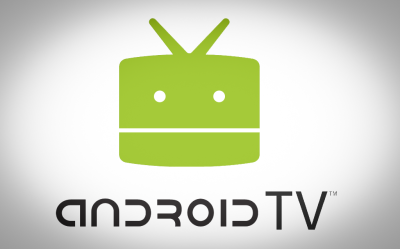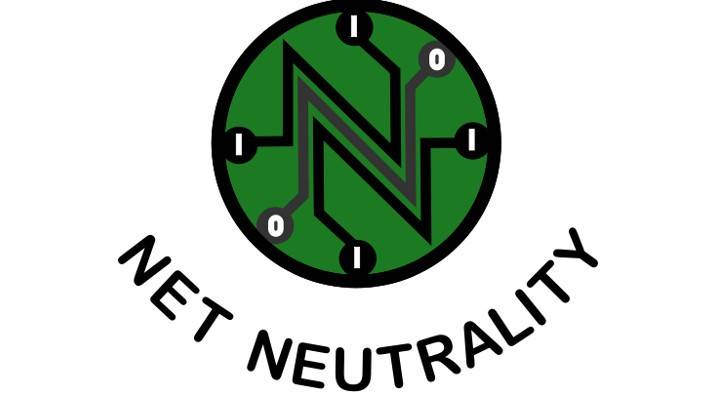
The Wi-Fi Alliance’s announcement of the low power version IEEE 802.11ah, dubbed “HaLow”, was dismissed by some analysts as being too late to make a significant impact in the fast growing Internet of Things (sector). That view is wrong and seriously discounts the power and momentum behind Wi-Fi, to the extent that HaLow has already received extensive coverage in the popular as well as technical press. It is already far closer to being a household name than other longstanding contenders as wireless protocols for IoT devices such as Zigbee and Zwave.
It is true that certification of HaLow compliant products will not begin until 2018, but with IoT surging forward on a number of fronts including the smart car, digital home and eHealth, SoC vendors such as Qualcomm are likely to bring out silicon before that. There are good reasons for expecting HaLow to succeed, some relating to its own specifications and others more to do with the overall evolution of Wi-Fi as a whole.
Another factor is the current fragmentation among existing contenders, with a number of other protocols vying alongside Zigbee and Zwave. This may seem to be a reason for not needing yet another protocol but actually means none of the existing ones have gained enough traction to repel a higher profile invader.
More to the point though HaLow has some key benefits over the others, one being its affinity to IP and Internet through being part of Wi-Fi. Zigbee has responded by collaborating with another wireless protocol developer Thread to incorporate IP connectivity. But HaLow has other advantages, including greater range and ability to operate in challenging RF environments. There is already a sense in which the others are having to play catch up even though they have been around for much longer.
It is true that Bluetooth now has its low energy version to overcome the very limited range of the main protocol, but even this is struggling to demonstrate adequate performance over larger commercial sites. The Wi-Fi Alliance claims that HaLow is highly robust and can cope with most real sites from large homes having thick walls containing metal, to concrete warehouse complexes.
The big picture is that Wi-Fi is looking increasingly like a multi-channel protocol operating at a range of frequencies to suit differing use cases. To date we have two variants, 2.4 GHz and 5 GHz, which tend to get used almost interchangeably, with the latter doubling up to provide capacity when the former is congested. In future though there will be four channels, still interchangeable but tending to be dedicated to different applications, combining to yield a single coherent standard that will cover all the basses and perhaps vie with LTE outdoors for connecting various embedded IoT and M2M devices.
HaLow comes in at around 900 MHz, which means it has less bandwidth but greater coverage than the higher frequency Wi-Fi bands and has been optimized to cope well with interference both from other radio sources and physical objects. Then we have the very high frequency 802.11ad or WiGig standard coming along at 60 GHz enabling theoretical bit rates of 5 Gbps or more, spearheaded by Qualcomm, Intel and Samsung. WiGig is a further trade-off between speed and coverage and it will most likely be confined to in-room distribution of decoded ultra HD video perhaps from a gateway or set top to a big screen TV or home cinema.
Then the 5 GHz version might serve premium video to other devices around the home, while 2.4 GHz delivers general Internet access. That would leave HaLow to take care of some wearables, sensors and other low power devices that need coverage but only modest bit rates. As it happens HaLow will outperform all the other contenders for capacity except Bluetooth, with which it will be on much of a par.
HaLow will be embraced by key vendors in the smart home and IoT arena, such as Paris based SoftAtHome, which already supports the other key wireless protocols in its software platform through its association with relevant hardware and SoC vendors. SoftAtHome can insulate broadband operators from underlying protocols so that they do not have to be dedicated followers of the wireless wars.
AirTies is another vendor with a keen interest as one of the leading providers of Wi-Fi technology for the home, already aiming to deliver the levels of coverage and availability promised by HaLow in the higher 2.4 GHz and 5 GHz bands. It does this by creating a robust mesh from multiple Access Points (APs), to make Wi-Fi work more like a wired point to point network while retaining all the flexibility of wireless.
All these trends are pointing towards Wi-Fi becoming a complete quad-channel wireless offering enabling operators to be one stop shops for the digital home of the future, as well as being able to address many IoT requirements outside it.
At the same time it is worth bearing in mind that the IoT and its relative M2M is a very large canvas, extending to remote outdoor locations, some of which are more far challenging for RF signals than almost any home. In any case while HaLow may well see off all-comers indoors, it will only be a contender out doors in areas close to fixed broadband networks. That is why there is so much interest in Heterogeneous Networks (HetNets) combining Wi-Fi with LTE and also why there are several other emerging wireless protocols for longer distance IoT communications.
One of these others is Long Range Wide Area Network (LoRaWAN), a low power wireless networking protocol announced in March 2015, designed for secure two way communication between low-cost battery-powered embedded devices. Like HaLow it runs at sub-GHz frequencies, but in bands reserved for scientific and industrial applications, optimized for penetrating large structures and subsurface infrastructures within a range of 2km. LoRaWAN is backed by a group including Cisco and IBM, as well as some leading Telcos like Bouygues Telecom, KPN, SingTel and Swisscom. The focus is particularly on harsh RF environments previously too challenging or expensive to connect, such as mines, underwater and mountainous terrain.
Another well backed contender is Narrowband-LTE (NB-LTE) announced in September 2015 with Nokia, Ericsson and Intel behind it, where the focus is more on long range and power efficient communications to remote embedded sensors on the ground. So it still looks like being a case of horses for courses given the huge diversity of RF environments where IoT and M2M will be deployed, with HaLow a likely winner indoors, but coexisting with others outside.



